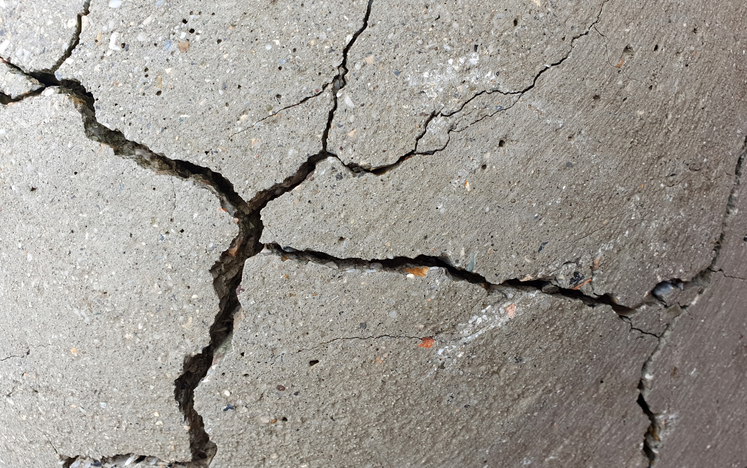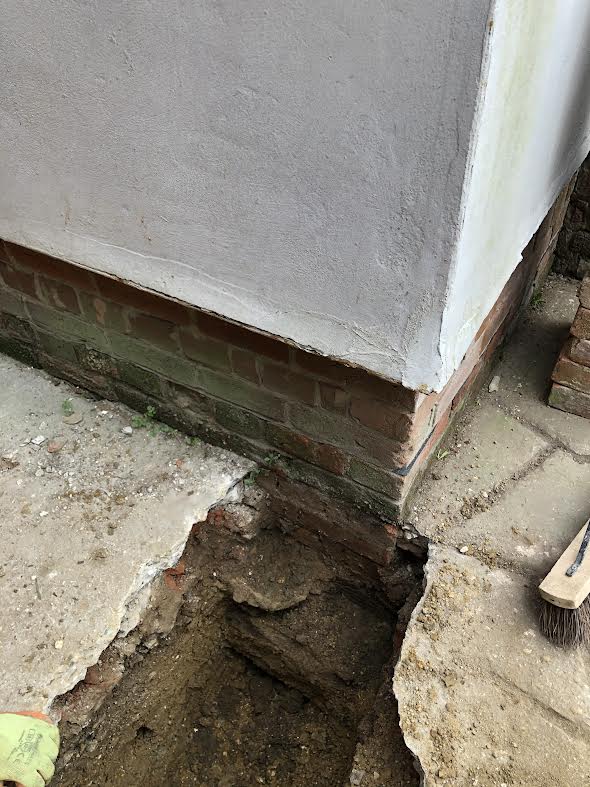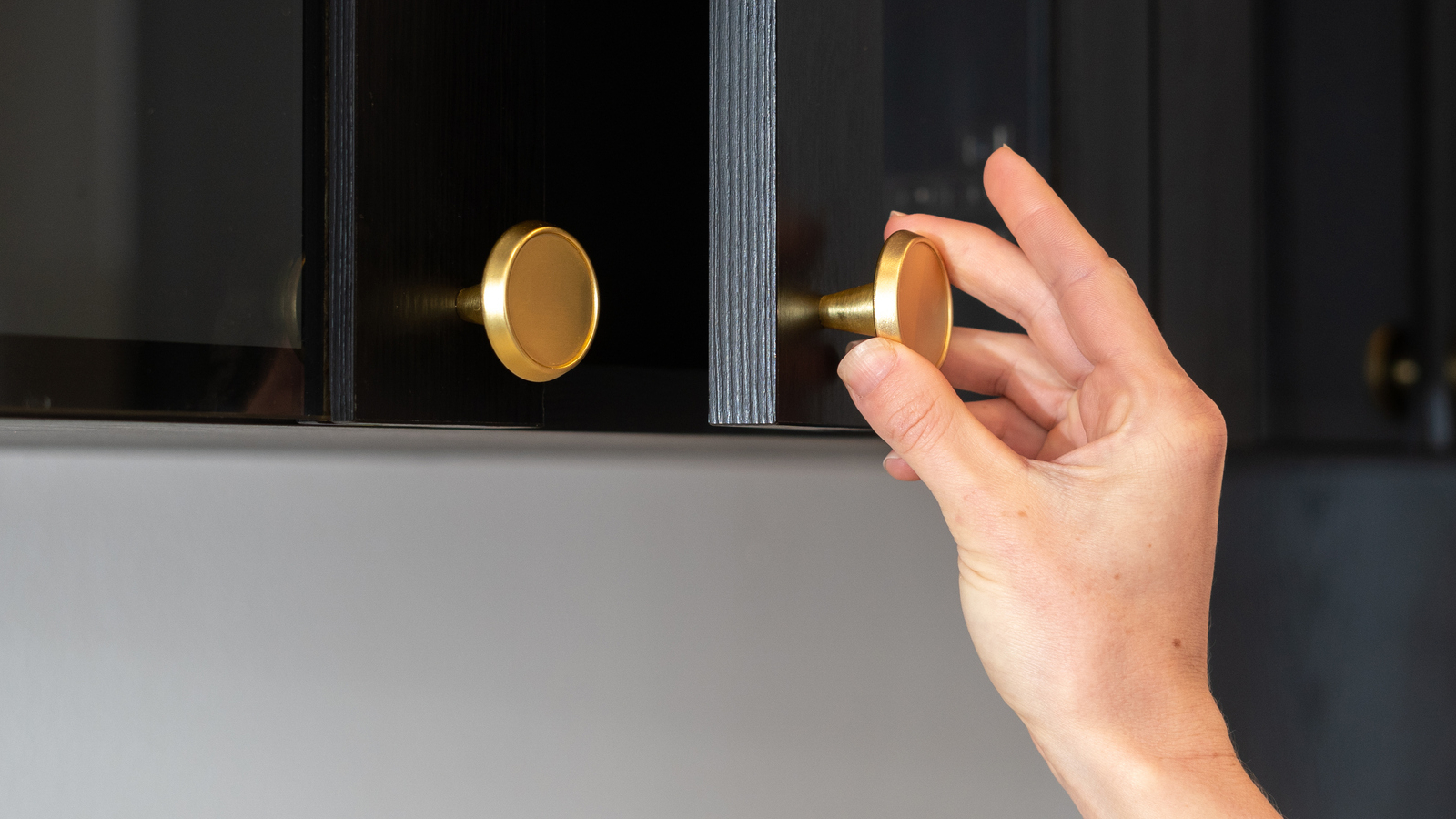
Reinforce autoclaved aerated concrete (RAAC), sometimes redundantly referred to as RAAC concrete, has hit the headlines over safety concerns.
The UK government says it closed down parts of some schools in England because of evidence about unsafe concrete and the risk of collapse in public buildings, with the Tories accused of failing to tackle the crisis despite knowing about it for years.
So, what do you need to know about RAAC if you’re renovating or building a house in the UK?
What is RAAC concrete?
RAAC is a type of concrete that was used extensively within the construction of walls, floors and roofs between the 1950s and 1990s.
RAAC became popular as a lightweight and lower cost alternative to concrete, and also offers good fire-resistant properties.
It differs from traditional cement due to the lack of coarse aggregate and its aeration process, somewhat reminiscent of the bubbles in a chocolate Aero Bar. Its distinct material properties set it apart from conventional reinforced concrete.
It is made by mixing fine sand, lime, cement, fuel ash, and gypsum. Water and aluminium powder are then introduced, triggering a foaming reaction that causes the mixture to expand, forming the distinctive bubbles filled with hydrogen gas. You might come across RAAC in roofs, and on rare occasions, in floors and walls of older structures.
Bring your dream home to life with expert advice, how to guides and design inspiration. Sign up for our newsletter and get two free tickets to a Homebuilding & Renovating Show near you.
What are the problems with RAAC?
RAAC has a shorter operational lifespan compared to regular concrete, which has led to fears that buildings containing RAAC could be liable to collapse.
Andrew Coombe managing director at building consultancy My Build My Way, said: “RAAC presents several challenges when used in construction, especially when compared to traditional concrete.
“One of the primary issues is its shorter lifespan. RAAC's high porosity makes it less reliable for structural purposes; cracking can occur without warning, with the risk of sudden collapse in load-bearing elements.
“The porous structure also makes RAAC vulnerable to moisture, chloride, and carbon dioxide exposure, which can lead to the corrosion of steel bars or welded wire fabric used as reinforcement.”
Does RAAC contain asbestos?
RAAC itself does not include asbestos. However, properties may well include both RAAC and asbestos, and therefore full asbestos risk management should take place during any RAAC inspections or remedial work, says Oliver McCrea the founder of local-builders.co.uk, a UK-based website to connect homeowners with tradespeople.
Andrew adds: “RAAC itself does not contain asbestos, however, the deterioration or collapse of RAAC structures could potentially disturb asbestos-containing materials used in the building’s construction, which is a serious health hazard.
“During the period when RAAC was extensively used in construction, asbestos was a common component in asbestos roof tiles, construction materials and ceiling coatings. In the event of a RAAC structure collapsing or deteriorating, if asbestos-containing materials are present in the building, the disturbance of these materials could release harmful asbestos fibres into the air."

Was RAAC concrete used in homes?
Consultants looking into the presence of RAAC in social housing say there’s a possibility that it was used in the 1950s to 1970s, Andrew says. To date, though, there have been no confirmed reports of RAAC being used in home building. The main use of RAAC was in the creation of flat roofs, so that is the only place it is likely to be found in homes built during the mid-twentieth century.
Oliver says that while RAAC was used extensively for commercial properties, there are also certain residential properties that might be at risk.
“These include but are not necessarily limited to properties built between the 1950s and 1990s, buildings with flat roofs, and social housing,” he says.
Is RAAC concrete still used?
RAAC is still used extensively around the world. Experts say that when it is properly designed, manufactured, installed, and maintained, RAAC remains a safe construction material.
However, Andrew adds: “Time will tell whether the RAAC used in public buildings in the 1950s to 1990s met rigorous design and manufacturing regulations.”
How to identify RAAC concrete
Identifying RAAC concrete is fairly straightforward because the panels usually have a chamfered edge, says Andrew. This gives the appearance of V shaped grooves every 600mm on the surface of the roof. RAAC is also more lightweight than traditional concrete, but it’s not a good idea to attempt to dig into it as the covering of the panel may contain asbestos. A visual identification is the safer route for an initial survey.
If you have a flat roof in your home, there are symptoms that could also indicate the presence of RAAC panels:
- If you've noticed recent leaks or water ponding on your roof, it could indicate issues with RAAC panels. These problems can stem from the panels sagging (deflecting) and causing damage to waterproofing.
- If you notice sagging or cracking at the ends of the panels, you should leave the area. These are symptoms of an insecure roof structure requiring urgent attention from a qualified contractor.
What do I do if I find RAAC concrete in my home?
Always consult a professional surveyor to conduct the RAAC inspection.
Not only will this ensure any RAAC is correctly identified, but due to the risk of asbestos exposure it is not suitable for homeowners to conduct the investigation themselves.
Where RAAC has been identified, often it will need to be correctly replaced. Often, this will be covered by your buildings insurance, but it is important to check before initiating the work.
Sam is based in Coventry and has been a news reporter for nearly 20 years. His work has featured in the Mirror, The Sun, MailOnline, the Independent, and news outlets throughout the world. As a copywriter, he has written for clients as diverse as Saint-Gobain, Michelin, Halfords Autocentre, Great British Heating, and Irwin Industrial Tools. During the pandemic, he converted a van into a mini-camper and is currently planning to convert his shed into an office and Star Wars shrine.

